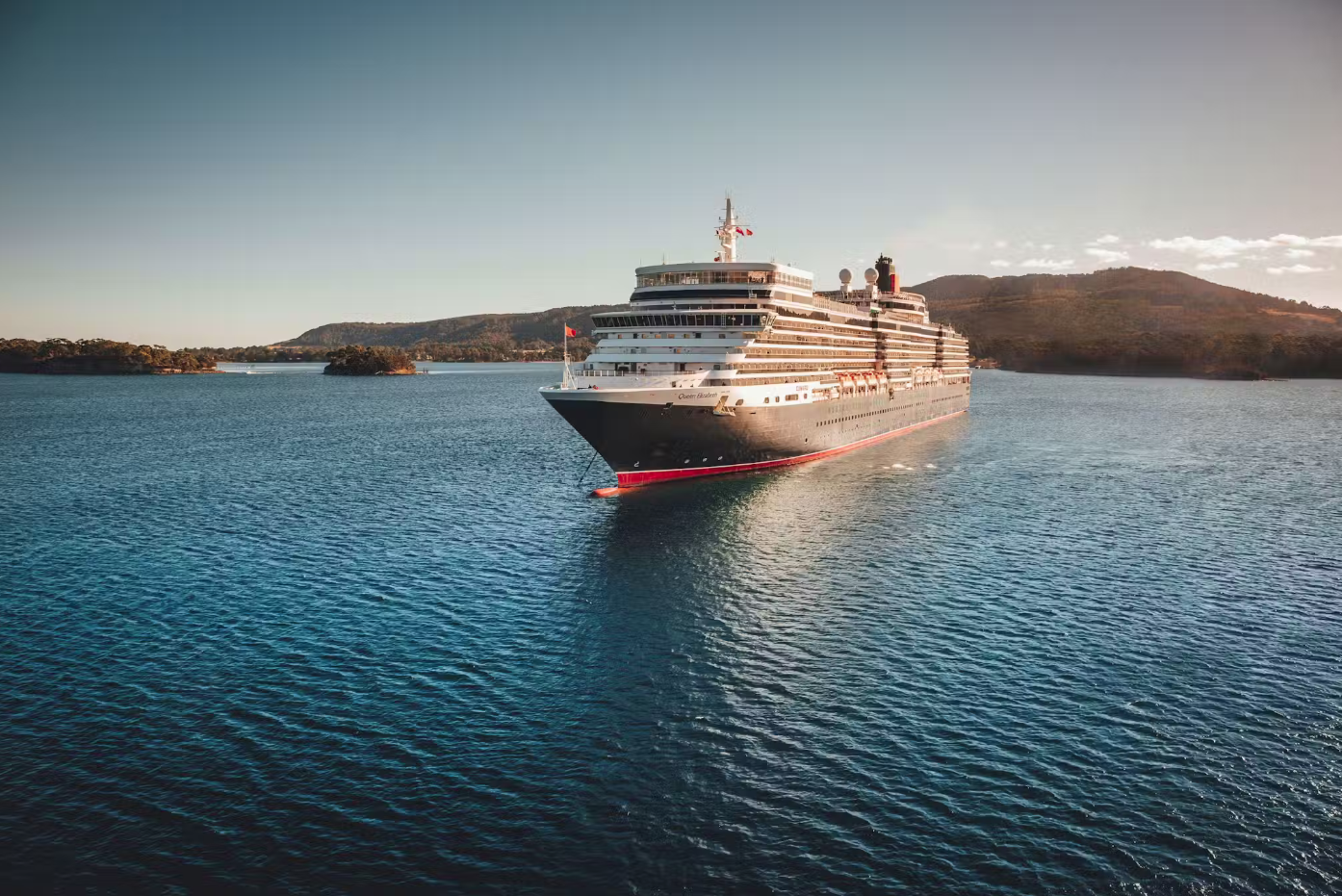Former corporate communications manager for cruise lines David Jones gives his take at the start of our 2024/25 season.
An ability to “read the tea leaves” is probably a good skill to have these days to understand where the Australian cruise industry is headed.
Despite a reasonable 2024-25 summer cruise season — albeit with fewer ships in Australian waters than in previous years — uncertainty abounds.
The local industry is in retreat and it is hard to know what it will take to get its growth mojo back on an upward trajectory.
The signs of the retreat are in the tea leaves — the signals being put out there, some like brightly coloured semaphore flags, others more subtle.
What does it say when a friend posts an image on social media showing no fewer than six cruise ships lined up in Nassau in the Bahamas?
A message perhaps that international markets closer to the US are a better commercial proposition than very far away Australia where operating costs are high and port charges punitively steep.
And then the cruise line boss who extolled the virtue of Australians embracing “fly-cruise” options, again in distant markets. Maybe a subliminal message that future local cruise choices won’t be so plentiful.

Plus RCI reducing its local presence and Cunard scrapping its Queen Elizabeth homeported seasons in Australia.
The P&O closure in March to be swallowed by Carnival Cruise Line — with the loss of a P&O ship — raises its own questions.
With no locally run cruise line, does it also mean that year-round cruising from Australia is in jeopardy?
Anything is possible in the prevailing climate. It should be a wake up call to governments and port authorities that their years of fee gouging have had a devastating effect.
They’ve made the Australian cruise market uncompetitive.
We can also now see that decisions about cruising to or from Australia will be made in Miami with minimal influence from here.
Directing decisions made in Miami will be tough especially when markets such as the Caribbean and the Mediterranean look more lucrative from a commercial standpoint.
It’s somewhat ironic that, as the focus shifts away from Australia, cruising has at last found at least one friend in government here.
NSW Premier Chris Minns was already instrumental in bringing restrictive health protocols in Australia into line with international practice giving the post pandemic recovery a boost.
Just as his state government pledged to drive a massive increase in the value of the visitor economy, NSW Tourism Minister John Graham realised that cruising is already contributing more than $2.7 billion to his state’s visitor economy.
Half the national figure — a useful head start in the quest to make the visitor economy a $91 billion a year juggernaut by 2035.
Whether the cruise industry becoming a “phone-a-friend” translates into reduced port charges remains to be seen. Don’t count on it!
The cruise industry usually plays its cards close to the chest and no one is going to admit that capacity in 2025-26 could be down as much as 30 per cent with a commensurate hit to the economic activity generated.
Having a strong emotional attachment to cruising, I’m hoping the industry is only going astern temporarily before resuming its customary forward momentum.
Key to this is influencing the bosses in Miami and elsewhere who will increasingly make decisions about our local industry.
Taking a leaf out of the annual profile-building ‘G’day USA’ celebration, maybe an annual Australian cruising roadshow to Miami could be an awareness building way to go.
Let’s make sure no decision about cruising and ship deployments in Australia is made in ignorance.
It would also send a strong signal that we’re still here. Let the bosses read that in the tea leaves.
David Jones was corporate communications manager at Carnival Australia for 13 years.








